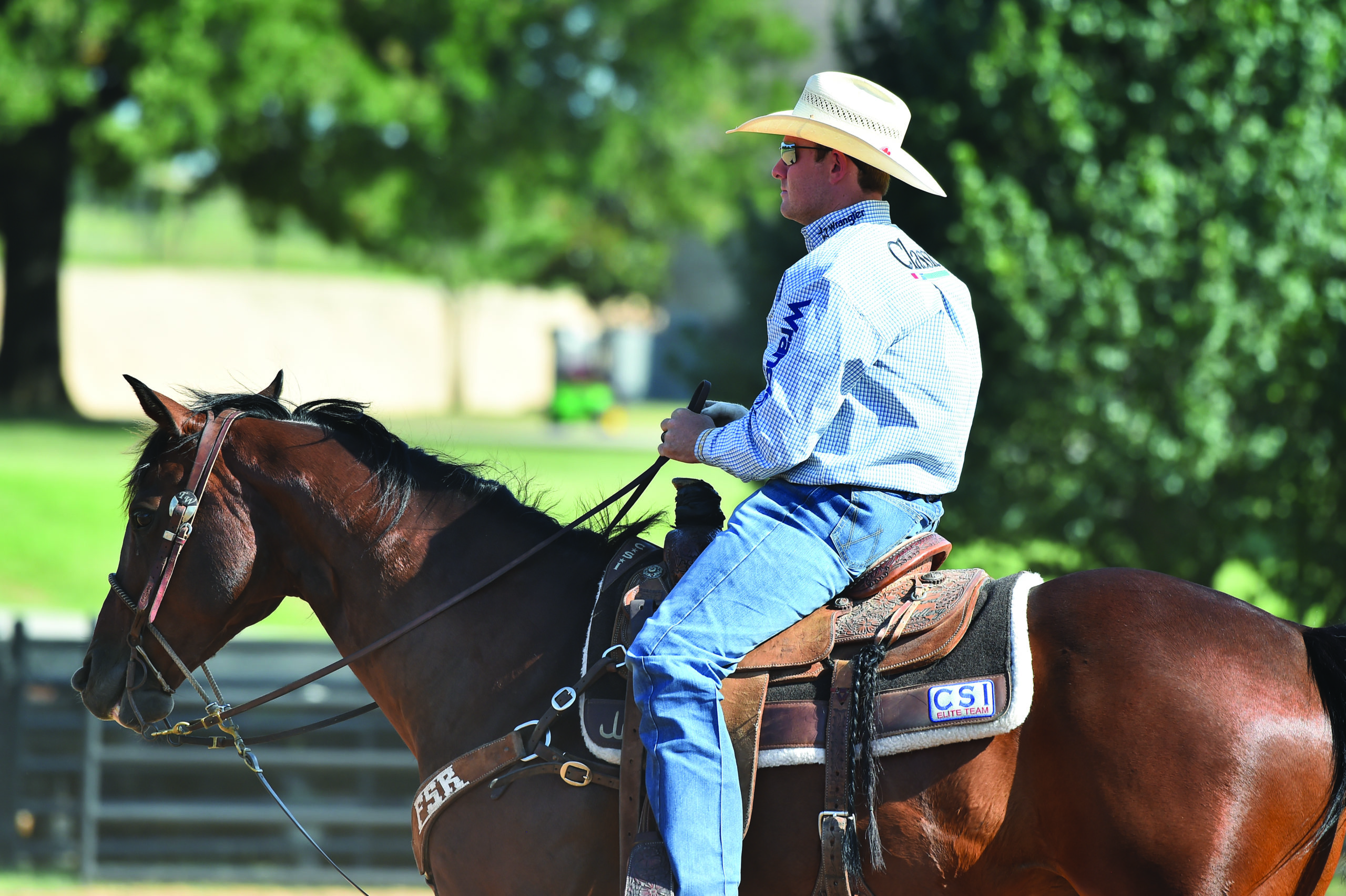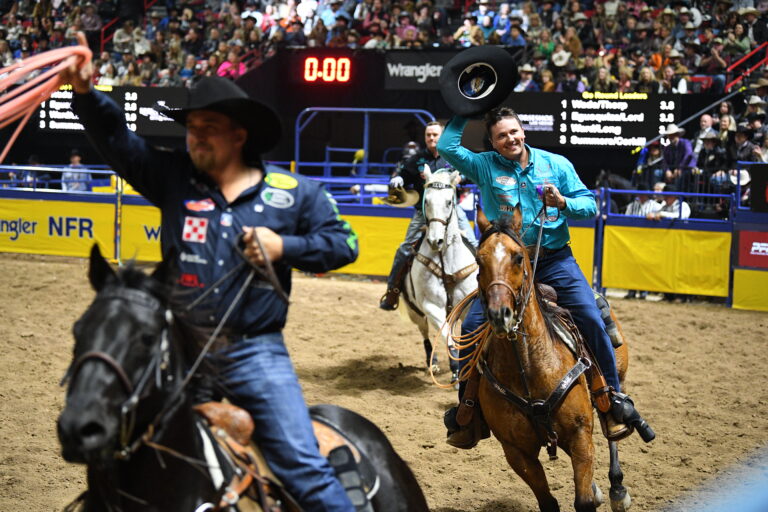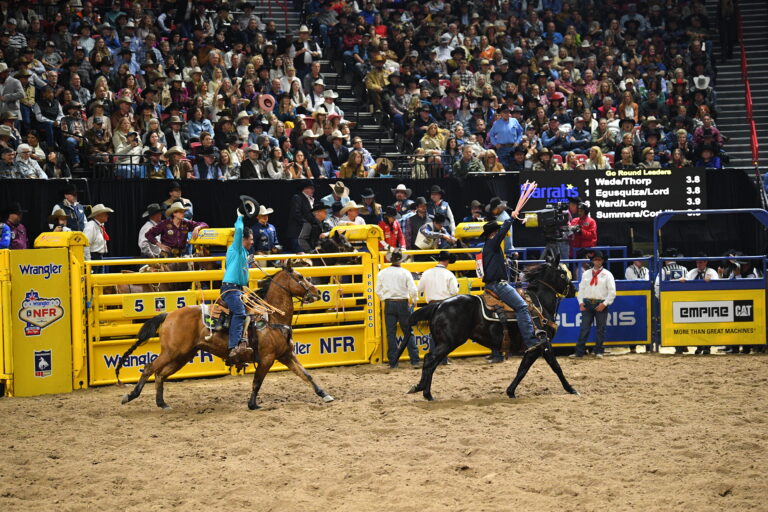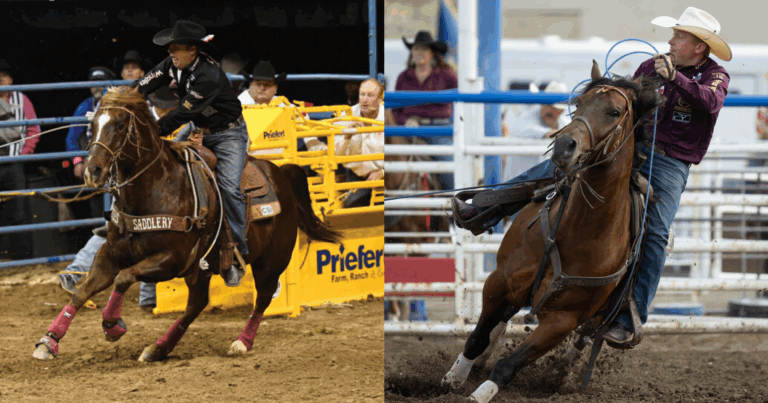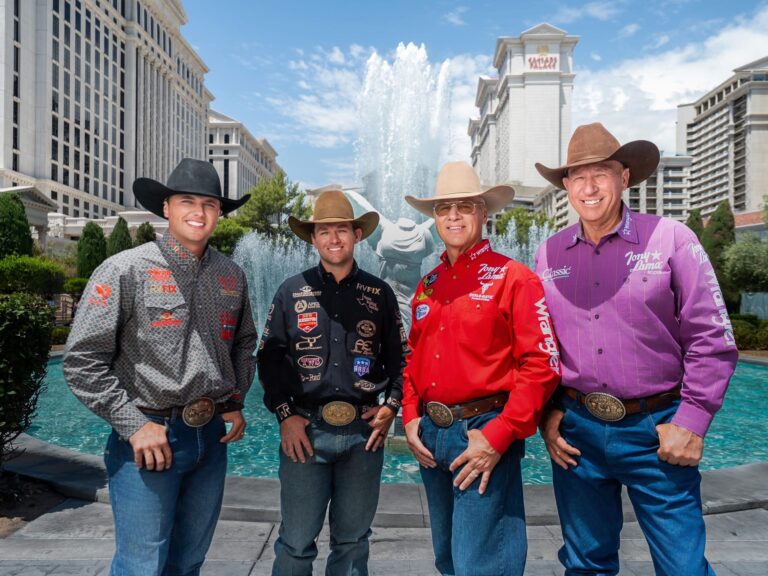Giving roping lessons a lot, I have people tell me that they can only ride into the box and turn one way because that’s how their horse prefers it. That’s just an example of something I usually try to address right away: that your horse needs to be on your program, willing to do whatever it is you want or need him to do. You don’t need to be a great roper or great horseman to do that. It’s a matter of taking the time to acknowledge where your horse’s holes are, and then taking the time to fix them.
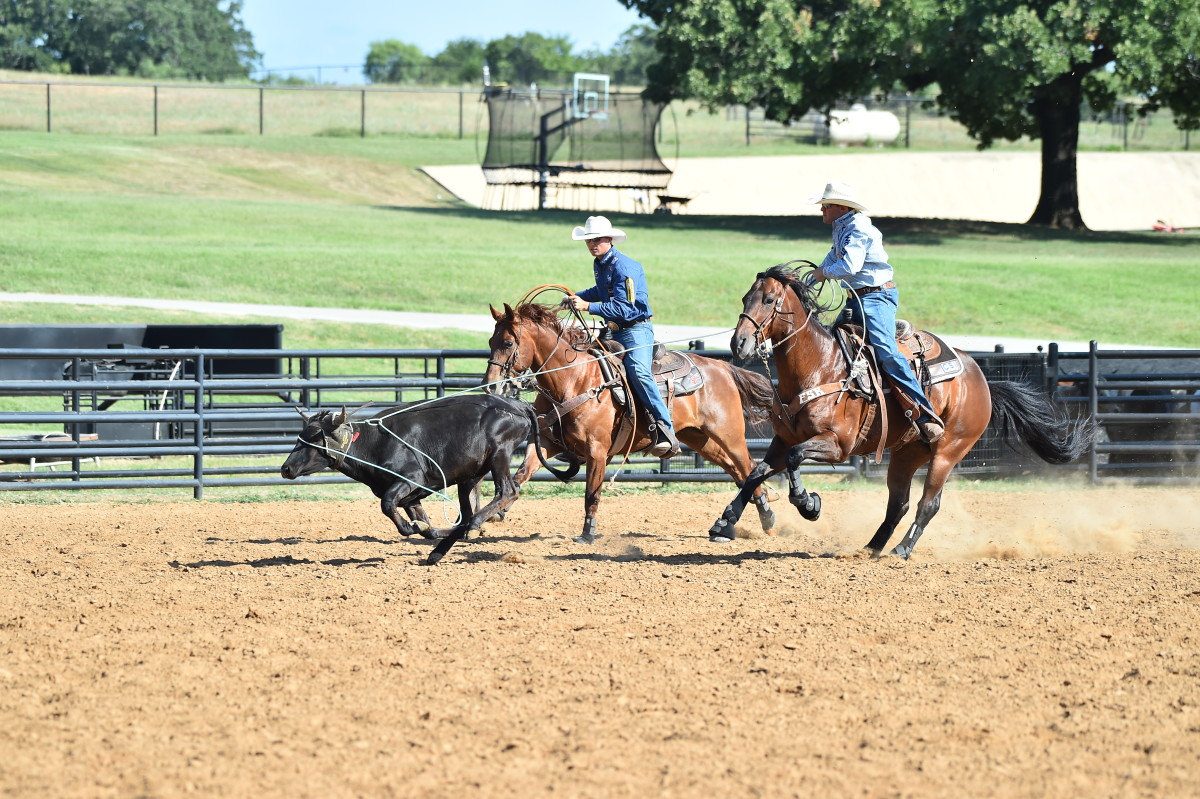
1) Say I’m 20th callback and first callback at a roping, and I’ve only got one horse with me that day. At 20th callback, that short round fast time will still pay $1,000 and we drive 500 miles to go to a rodeo where first place barely pays that. That $1,000 is something I want to win for that fast time. But at first callback, I might only need to be 10.0 seconds to win $20,000, and I sure don’t want to pass that up either.
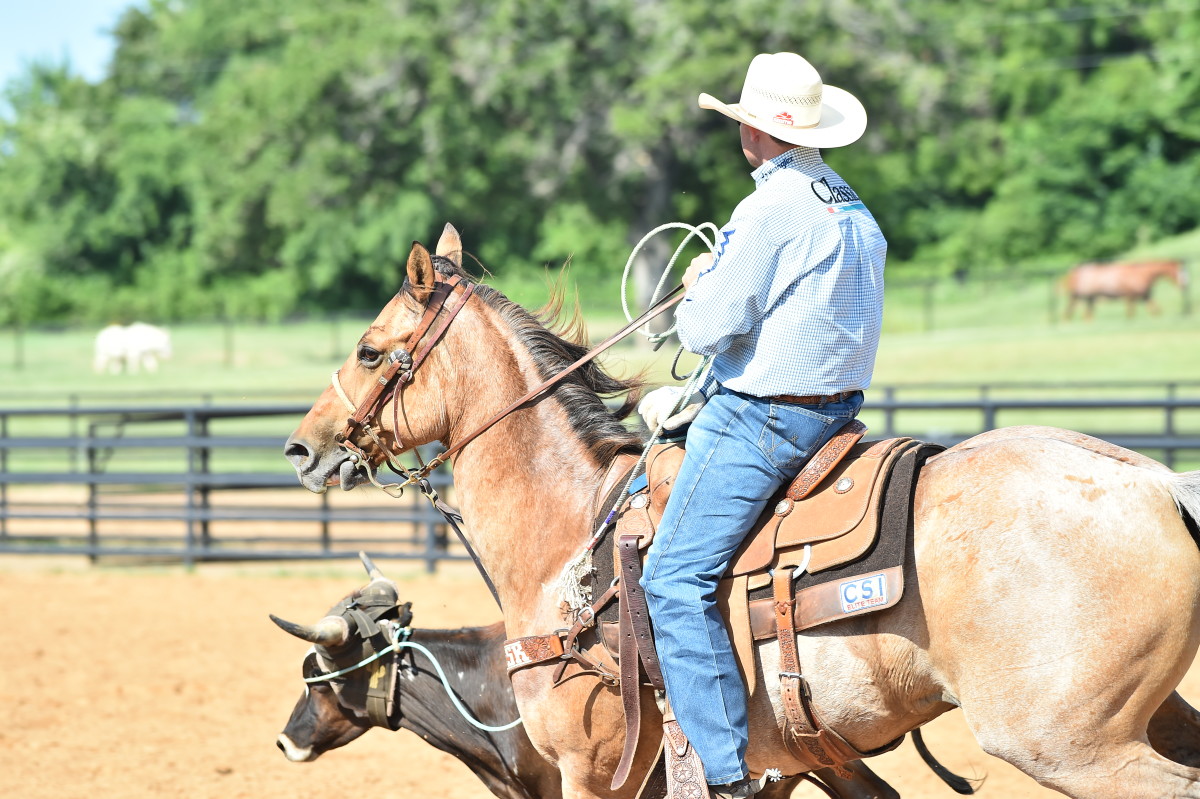
2) That situation is the perfect example of why you need to be sure your horse is listening to you. My horse should be able to let me reach and make a 4.4-second run on that 20th callback steer, and then respect that I’m riding him hard enough to run to the hip at first callback.
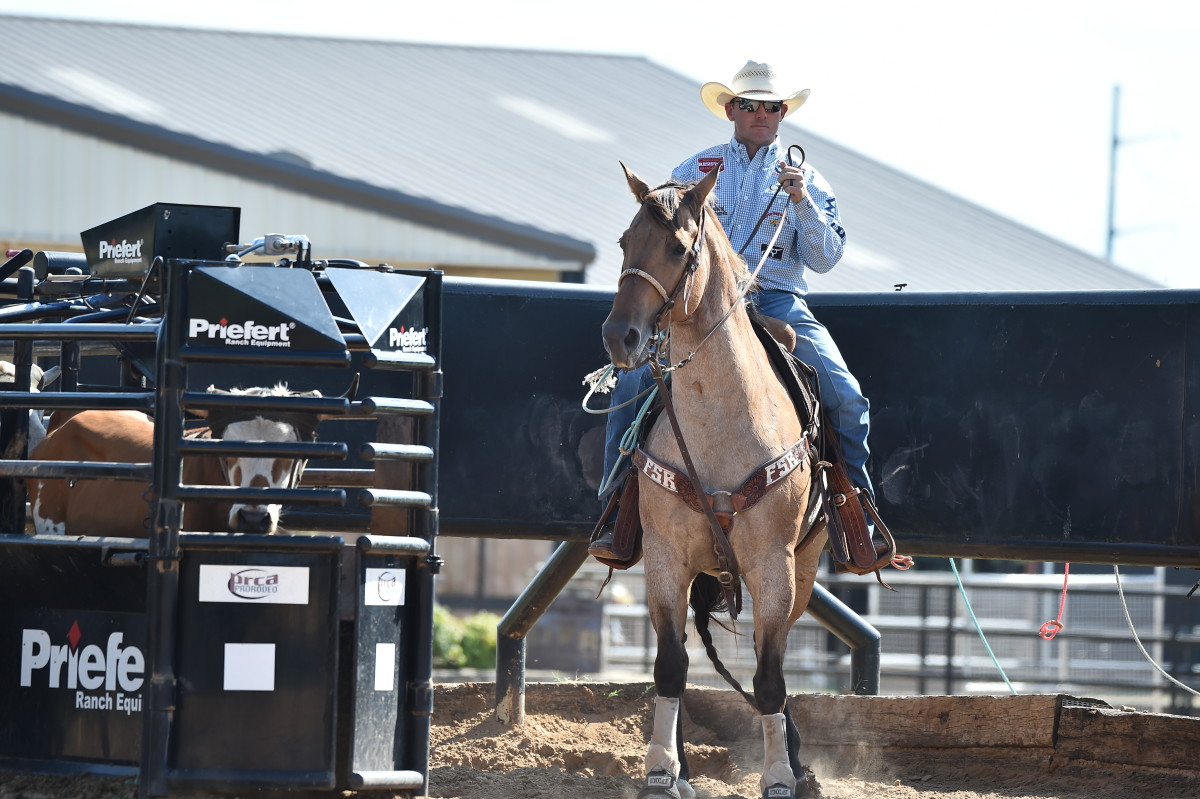
3) That sounds easier said than done. But I’m a big believer in making my horses do what I want them to do every day, with everything I do with them. And 99% of the time, that doesn’t involve jerking on them or whipping them. I try to ride mine down instead. If they’re getting too strong, I’ll run 20 steers at a trot. I want them not dreading it, but I want them ready to work.
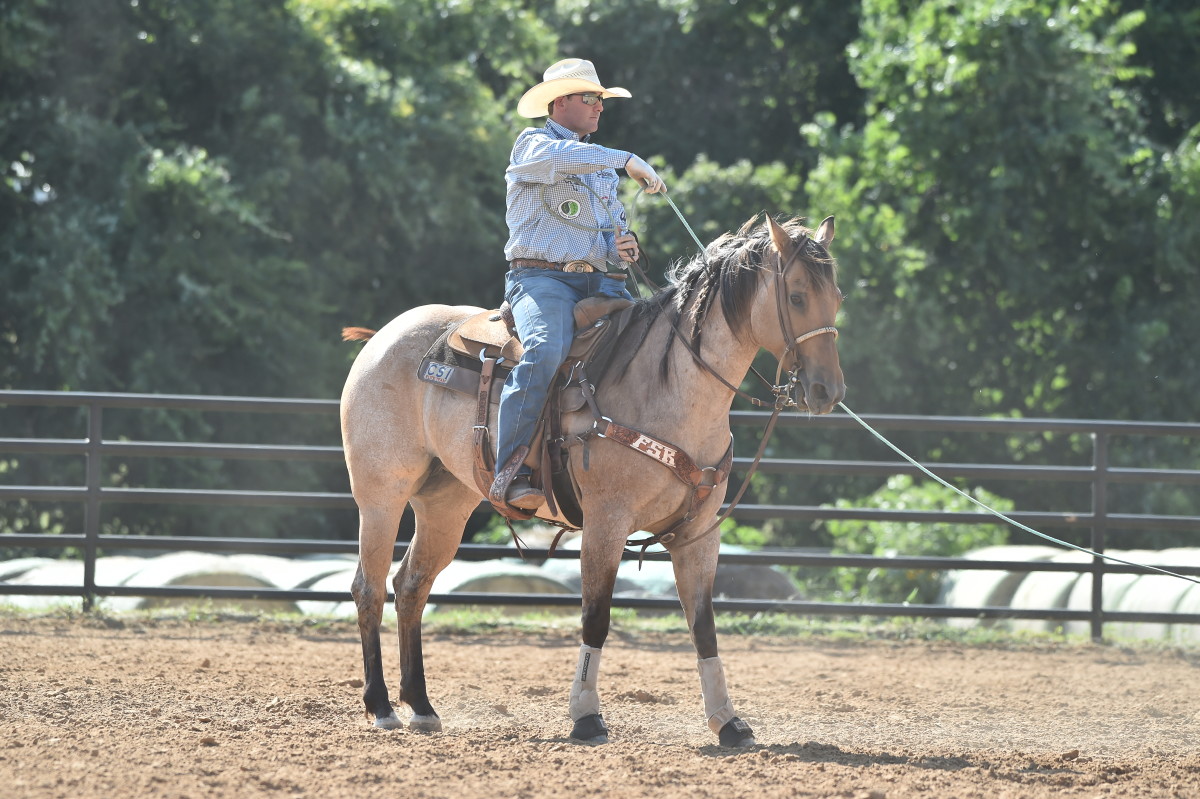
4) I want to be able to move the horses in the box wherever I need them, and I want them to ride in and out and turn each direction. That’s not a matter of training, really, just repetition and persistence. If they don’t want to walk, we trot until they’re ready to walk. If they don’t want to be soft to the left, then we go to the left most of the day. If they aren’t scoring, we spend that practice session focusing on how to score better. If your horse doesn’t work on slow steers, spend most of your time roping slow steers. If he wants to get too strong running to the steer, we stop. If he doesn’t want to face, we face. I think you get the point.
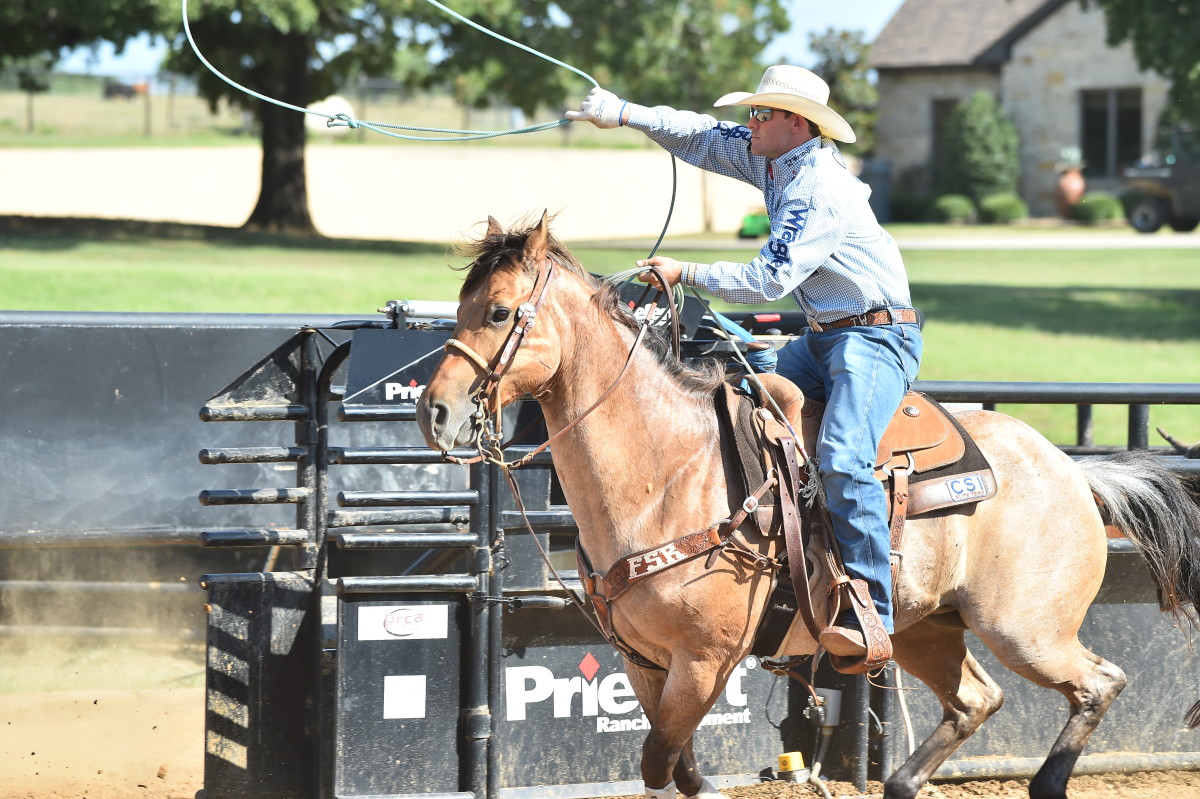
5) When I leave the box, my horse is looking for his position. If I happen to throw three coils on the way, he needs to realize I won’t do that every time. I keep kicking him through that and want him to go to that position anyway. And if he doesn’t want to stay in that position, I will take three swings over the steer’s back and hold him in there before I throw. It’s just all about making your horse respect you enough to do his job, allowing you to do yours.




